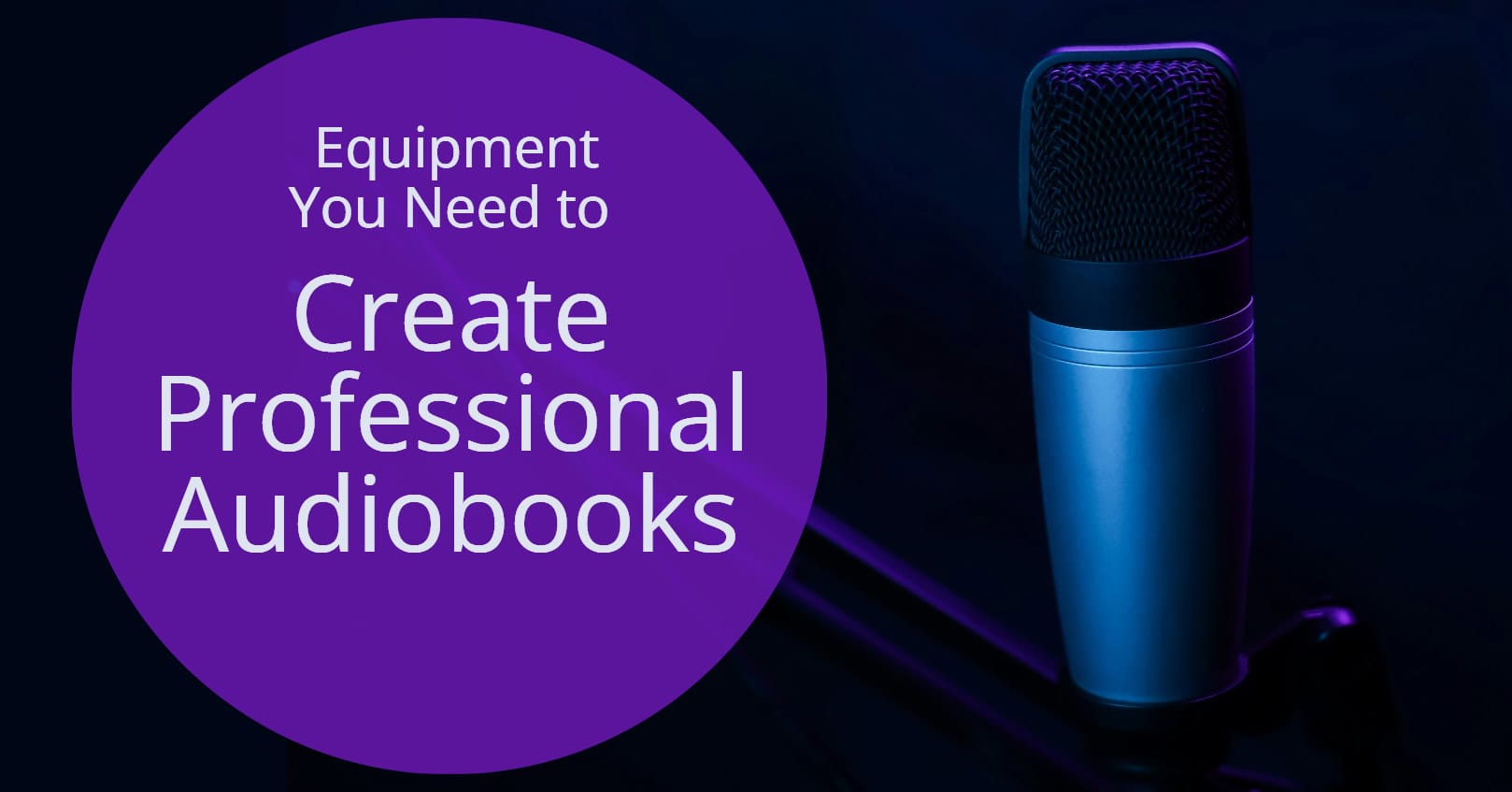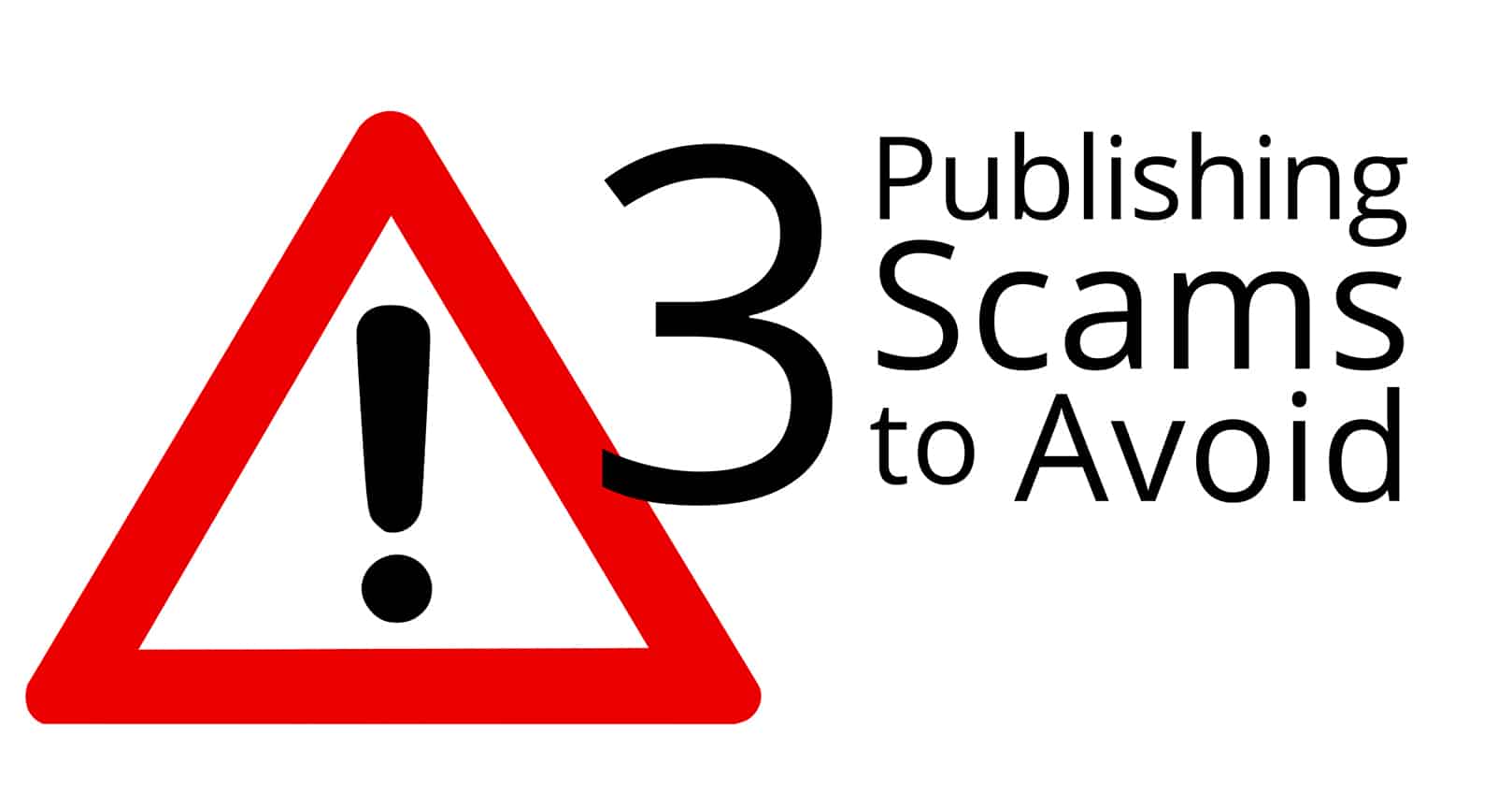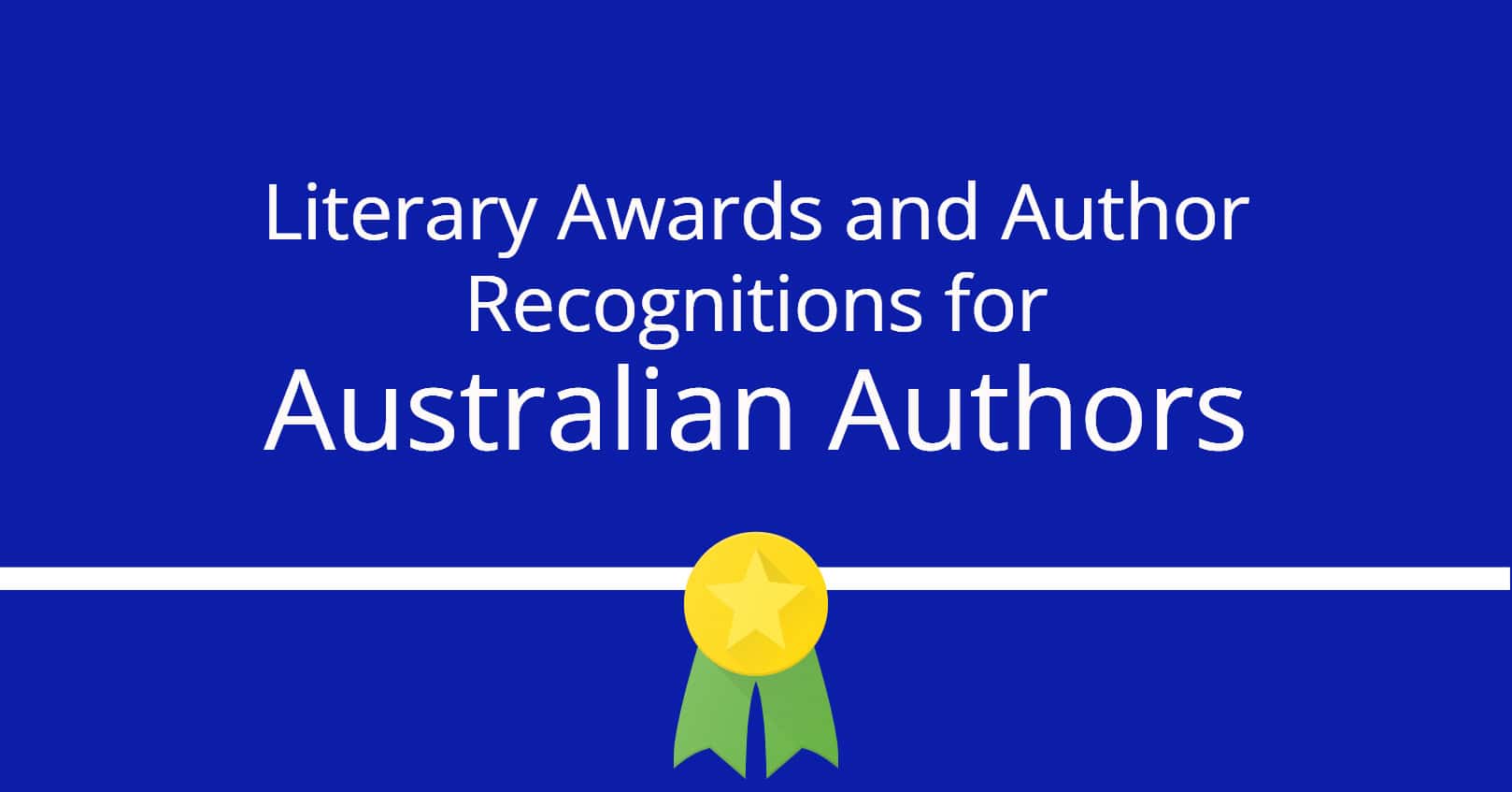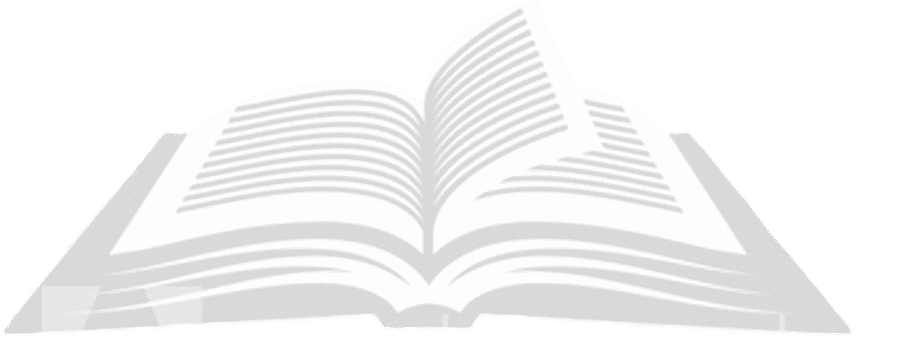
Creating a professional audiobook requires the right tools to ensure high-quality sound and a seamless listening experience. Whether you’re a narrator, author, or producer, investing in the right equipment can make all the difference. Check out our comprehensive list of essential equipment for audiobook production.
1. Microphone
- Condenser Microphones: Best for studio-quality sound, capturing detail and warmth.
- Budget Options: Logitech Blue Yeti, HyperX QuadCast, Samson Q2U (USB/XLR combo mic).
- Mid-Range Options: Audio-Technica AT2020, Rode NT1-A.
- High-End Options: Neumann TLM 103, Sennheiser MKH 416.
- Features to Look For: Gain control, polar pattern settings, frequency response, and noise reduction capabilities.
2. Audio Interface
- Purpose: Converts analog audio from the microphone into digital signals for your computer.
- Popular Choices: Focusrite Scarlett 2i2, PreSonus AudioBox USB 96.
- When It’s Not Necessary: If using a USB microphone like the Logitech Blue Yeti, HyperX QuadCast, or Samson Q2U, which can be plugged directly into your computer and recorded using software like Audacity without the need for an audio interface.
3. Pop Filter
- Purpose: Reduces plosive sounds (like “p” and “b”).
- Recommendation: A basic pop filter like the Stedman Proscreen XL can greatly improve sound clarity.
4. Headphones
- Closed-back headphones: Essential for accurate monitoring while recording and editing.
- Budget Options: Sony MDR-7506, Audio-Technica ATH-M20x.
- Mid-Range Options: Audio-Technica ATH-M50x, Beyerdynamic DT 770 Pro.
- High-End Options: Sennheiser HD 660 S, Audeze LCD-2.
- Features to Look For: Closed-back design for sound isolation, flat frequency response for accurate monitoring, and comfort for long recording sessions
5. Soundproofing and Acoustic Treatment
- Purpose: Minimizes background noise and echo for clean audio.
- Options: Acoustic foam panels, bass traps, microphone isolation shields, portable vocal booths (Kaotica Eyeball, Troystudio Portable Vocal Booth).
6. Recording Software (DAW)
- Popular DAWs: Audacity (free), Adobe Audition, Reaper, Pro Tools. See more about these options here.
- Features to Look For: Multitrack recording, noise reduction, and editing tools.
7. Microphone Stand or Boom Arm
- Purpose: Holds the microphone in place to reduce handling noise.
- Recommended: Heil Sound PL-2T, Rode PSA1.
8. Backup Storage
- Purpose: Prevent data loss by regularly backing up recordings.
- Options: External hard drives, cloud storage services like Dropbox.
By equipping yourself with these professional tools, you’ll be well on your way to producing high-quality audiobooks that captivate your audience. Check here for essential audiobook software.















Comments